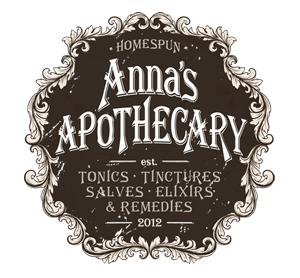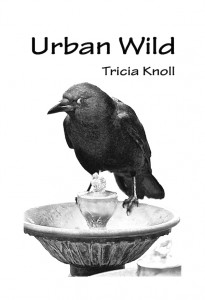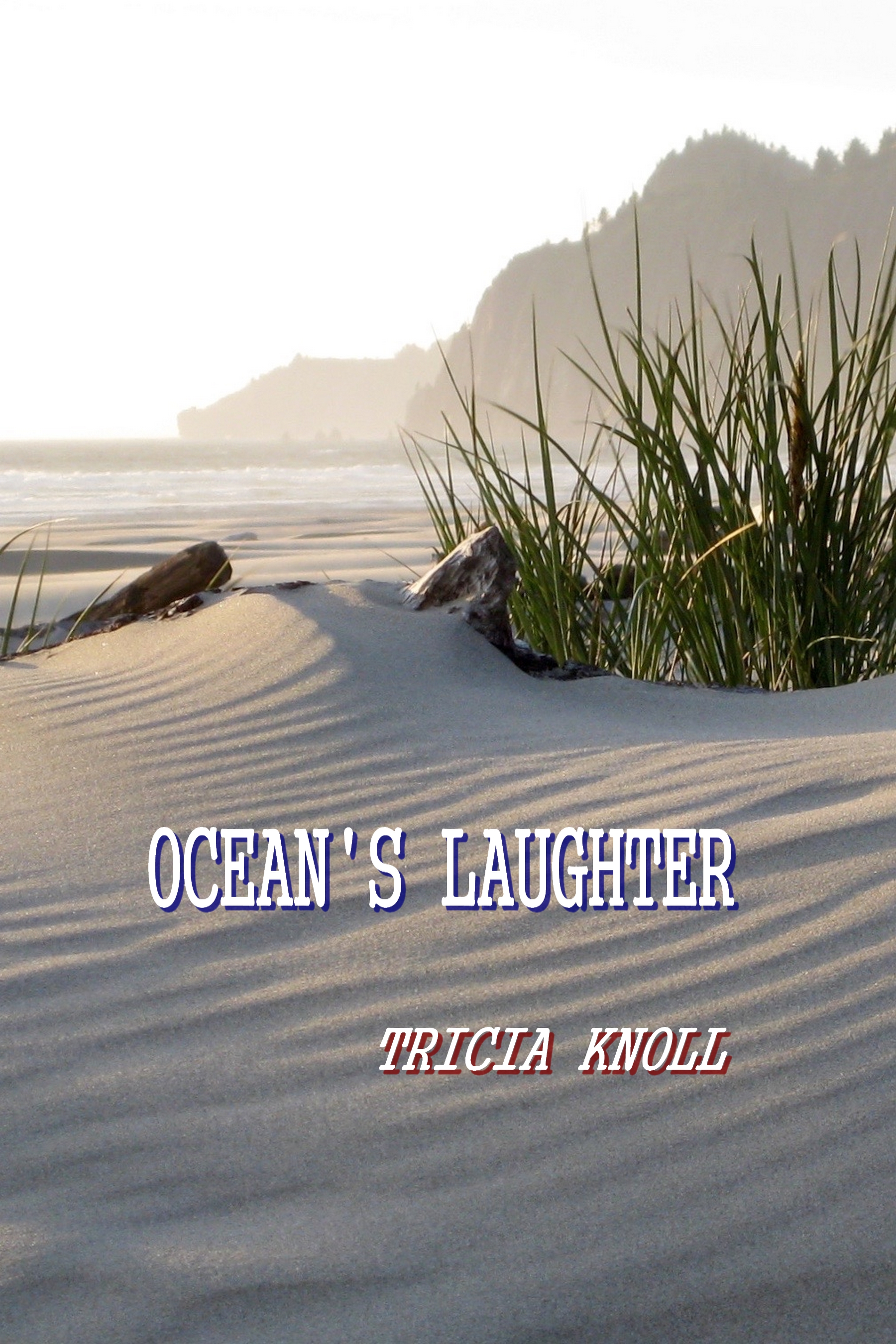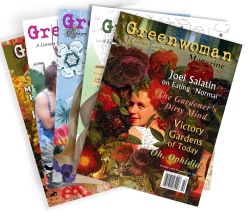I discovered Zombie Victory Gardens a couple of weeks ago after noticing a Facebook friend’s super-cool new profile picture (above). I recognized the WWII Victory Garden poster—but it had a zombie twist. I thought, “WHAT is this?!? I love zombie stuff!”
I immediately checked out the website. After investigating (there is a lot on this site, including “Beyond Survival” offerings on gardening, small livestock raising, and even movie reviews), I downloaded ZVG‘s free Gardening Guides. What fun! I loved the comic-book style, and at the end of each story is gardening how-to info!
And here’s an example of the how-to parts:
Curious about the creators of this inventive method of gardening ed, I read the “About” paragraph, which said:
Kathy Voth and Leah Ashley Esser are the brains behind Zombie Victory Gardens. They believe that thinking outside the box, a sense of humor, and teamwork are the keys that make anything work. They currently spend much of their time working in their gardens, writing, photographing, and prepping all the things it takes to get a new concept off the desk and out into the world.
How intriguing! I wanted to learn more. I did some additional web surfing and found that both Kathy and Leah have extensive experience in other fields (ha). Kathy Voth worked with the Bureau of Land Management for 12 years before founding Livestock for Landscapes in 2004. There she helps farmers, ranchers, and land managers on-site, pursuing her goal of helping communities find ways to live profitably and sustainably. She also writes articles and books, and edits videos to help her clients turn their livestock into landscape managers. Leah has a degree in psychology with an emphasis in animal behavior from Colorado State University. She worked her way through college running a pet sitting business and helping with pet behavioral issues. She assists Kathy with projects in the field, researches plant histories, nutrients, and toxins, and sends materials to clients. They also work together at On Pasture, a venture they started last March. It is an online magazine for those who raise livestock on pasture. Leah writes that they “translate science and other farmer/rancher experiences into practical steps their readers can adapt to their own operations.” Aside from this considerable amount of work, and ZVG, Leah also helps out as an assistant at RE/MAX.
Do you feel like a slacker reading about all this? I kind of do (and I’m not!).
This information still did not satisfy my curiosity, so I wrote Kathy and Leah and asked if they’d like to be interviewed for Flora’s Forum. Of course (since obviously they have nothing else going on) they said “Sure.”
And I said, “Whoopee!”
The interview is below. Leah and Kathy said they wanted to present a special offer to Flora’s Forum readers. If you order a hoodie, T-shirt, or apron from their website—they’ll send you a FREE poster! Just add the word “Green” and a poster name in the Comments section of your order. http://zombievictorygardens.com/apparel-2/
So . . . here’s our interview!
Flora’s Forum: I learned that you’re both from Colorado, which thrilled me because that’s where I live. How did you two originally meet and how did you come up with the idea for Zombie Victory Gardens?
Leah: We met shortly after I graduated from CSU through a mutual friend. Kathy found I wanted to work at a zoo with big cats and said, “I work with cows and need help. . . . cows and cats both start with “c” and have the same number of letters. . . . wanna give it a try?” It’s that kind of logic that allows us to come up with great ideas and work well together! Our motto has become something like “Hey, that looks neat/ fun . . . we can do it, it’ll be easy!” We like thinking outside the box and trying new things all the time. Most of the time it pans out great. Sometimes not so much. 🙂
Flora’s Forum: I too, have had a lot of fun with that “leap before you look” philosophy! Where did you two learn about gardening and small livestock raising?
Kathy : We’d both had an interest in urban gardening and had done research on our own. We found there’s a ton of info out there and it can be overwhelming, contradictory, and frustrating to try to figure out what to do and where to start. Which, to us, didn’t make much sense, since people have been farming for eons. So not only did we decide to take the basics of what we knew and “wing it” in our own yards, once we’d had some success, we wanted to make it easy for other people. We started by just trying to put easy gardening info out (and stories about what we’d tried that worked and didn’t work), but we shortly found that was kind of boring and adding a survival component and zombies made it more fun.
Leah: I’ve always been an animal person and Kathy has worked with livestock for years, so small farm animals seemed like a natural “survival” type extension to what we were already doing. We’ve learned a lot!! If you haven’t read our articles about slaughtering chickens, I would highly recommend it.
Flora’s Forum: Maybe I will, but to tell the truth, I’m still recovering from the duck slaughtering piece. Aside from your educations in animal husbandry, psychology, etc., and your extensive experience, you’re both artists/crafters and writers! (I love those zombie skull/fruit and veggie earrings!) What is your arts background and who does what? Who writes? (I love your blog posts, btw.) Who makes the cool jewelry? Who takes the photographs? Who does the art/Photoshop? Posters?
-

My personal favorites. You can find them here, and you can also wear them for: Día de Muertos!
Leah: Thanks!! We both do all of the things listed above. I don’t know that either of us have a background in arts or crafts, but we both like to do a lot of those things. We both have extensive computer background knowledge. Kathy is better at the Photoshop stuff, but we both work in tandem on almost all our projects. We both write, using the other one to bounce ideas off of and as editors/proof readers. When we get really tired of the “hard work” of researching or writing (or anything that makes our brains tired) we go play and make jewelry. Again, we’ve both learned a lot and most of our new projects come from a “How hard can it be? We can totally do that” mentality.
Flora’s Forum: I saw that you’ve partnered with Karen Cox at the West Virginia Extension office—she held zombie garden preparedness classes based on your idea. How did that come about and what was the reaction? Can you tell us a little bit about your outreach work? Your speaking engagements?
Kathy: Karen Cox reached out to us and asked to use our materials to put on a workshop series. She was great to work with and we really appreciated her getting the word out, not only about ZVG, but about backyard gardening in general. Her turnout seemed to be good and we had great feedback from her participants. We must give her credit—she wrote up all her own course work, using some of our marketing materials and the gardening guides we had available. However, she took things to a whole new level and did many hands-on projects.
Leah: We haven’t done any speaking engagements for ZVG. Kathy does those for Livestock for Landscapes. 🙂
Flora’s Forum: I’ve read some of your blog posts—the highly entertaining and informative one about Kathy’s herd of 130 goats, and the one about “harvesting” the ducks. (To share, the women had quite an experience learning that ducks, with their longer necks, are trickier to, well, dispatch, than chickens using the traditional, and made for chickens, killing cones. One duck actually escaped—it wasn’t pretty.)
I can see how those kinds of real-life experiences can spill over into the inspiration-for-zombie stories realm! We’re talking real preparation of real food. Are you still raising chickens, ducks, and goats? (As a postscript, after six years of experience Kathy created a CD about goat raising, including how to use them for fire management. You can find it here.)
Leah: Kathy still has two pet goats. We still have egg hens (and a goose to chase off predators), which we love. We only raised meat birds in the summer months and have done two batches per year for the last couple years. After losing both meat and egg birds to predators multiple times (bears and raccoons) and then going through the slaughtering process a number of times (including the duck fiasco) I think we’re done raising meat birds for a while. We also found that the meat quality is great, but the amount of time we put into raising and slaughtering isn’t exactly cost effective. . . . HOWEVER, we’re known for “forgetting” how hard things were and just remembering the highlights, so you never know where we’ll be again in a couple years.
Flora’s Forum: What is going to be new in the garden this year? Are there any favorite varieties of vegetables/flowers that you’re particularly wild about or are excited to grow this year?
Leah: I LOVE growing edamame!, and tomatoes, and herbs!! I finally figured out the key to making backyard gardening in Colorado easy (at least at my house)—a soaker hose on a timer, run at night. I’m working on getting better at planting things I know we’ll like AND use (rather than a little of everything and lots of things I’ve never tried before). Kathy has found that she’s better at some things than others (we’re not sure if it’s the amount of light, the water, or something else entirely), so I know she was planning on growing tomatillos, green beans, and tomatoes since those have done well in the past. We’re both into herbs, especially basil, and always have a special raised bed for those.
Flora’s Forum: I love the characters Kathy Sue and Les in ZVG’s gardening guides. (I especially like Kathy Sue’s outfits of mini-skirts and boots, which she wears for both zombie killing and gardening!) Are we going to learn any back story in future issues about those two? Would you like to tell us anything about “Les”? (I’m guessing he’s Kathy’s husband?) It’s cute in the story that he has a cot and she has a canopy bed! There is chemistry between those two!
Kathy: We have some basic back stories for both of these characters, but we’re not planning on focusing on what happened before the zombie apocalypse. We’re more interested in what they’re doing now. Spoiler—they’re not ever going to be a romantic couple—sorry! We just took our favorite attributes and stereotyped characters we liked a lot: Les—the type-A, serious, logical, “less is more” manly man, and Kathy Sue—the type-B, feminine, whimsical, “we can do anything we want AND it should be fun” creative female, and dropped them into the Zombie Apocalypse together. We figured most people would be entertained by (and able to relate to) some exaggerated characteristic(s) they see in themselves or their close friends. Bottom line – we get a huge kick out of writing them and we laugh a lot. They are the extremes of our personalities (and of some of the feedback we get from our spouses).
Leah: And yes, Kathy’s husband (Peter) gets to model for us. He, like Les, sometimes rolls his eyes at our requests, but graciously goes along with our crazy ideas.
Flora’s Forum: Thank you two so much! This has been a lot of fun and I know our readers will feel the same!
—Sandra Knauf
























